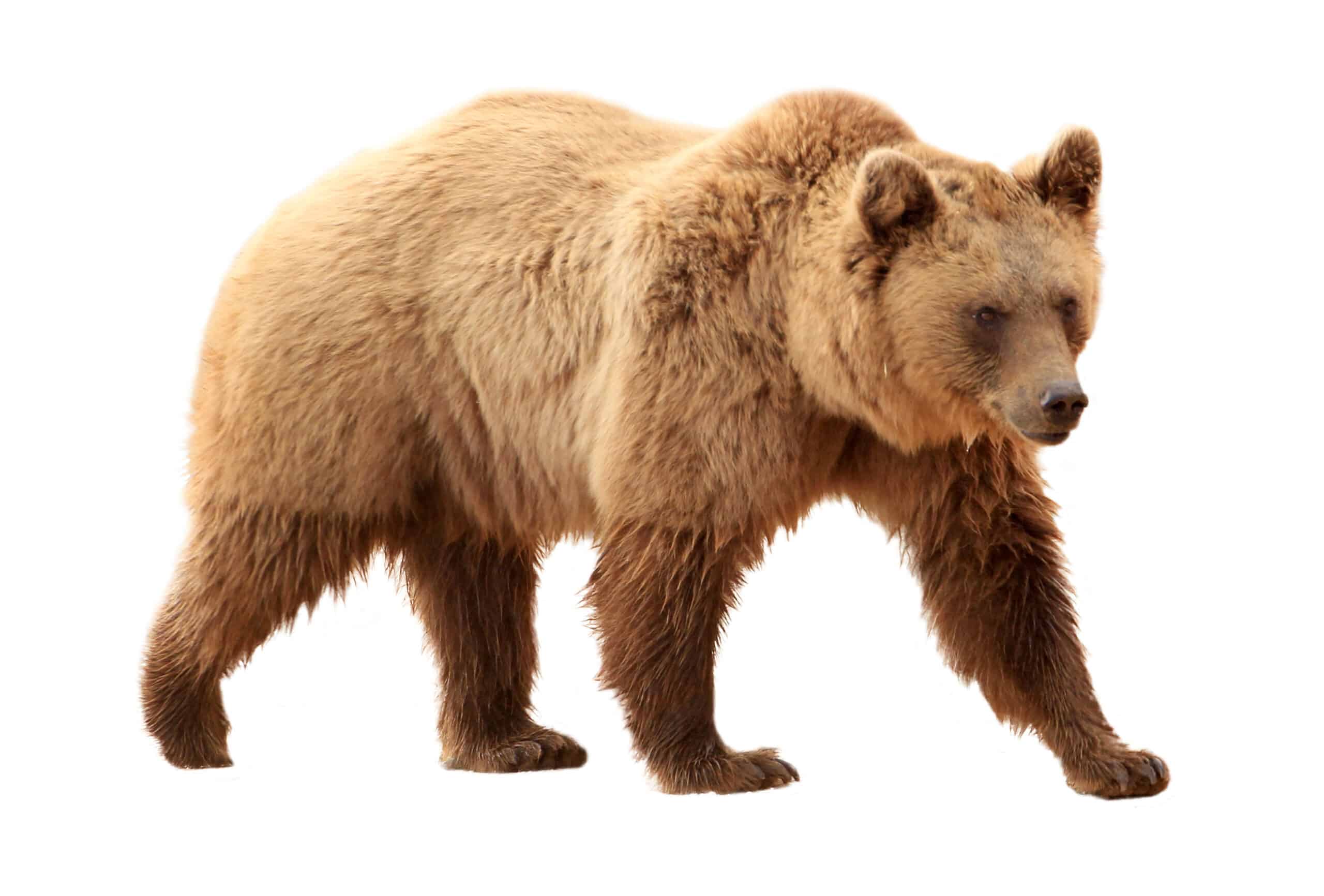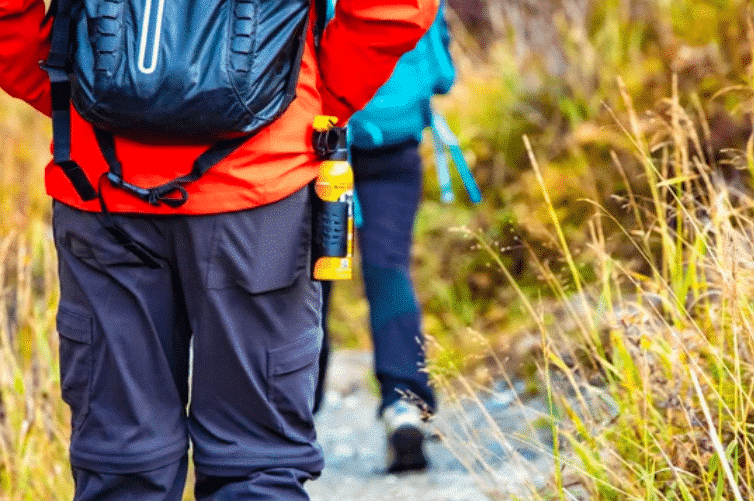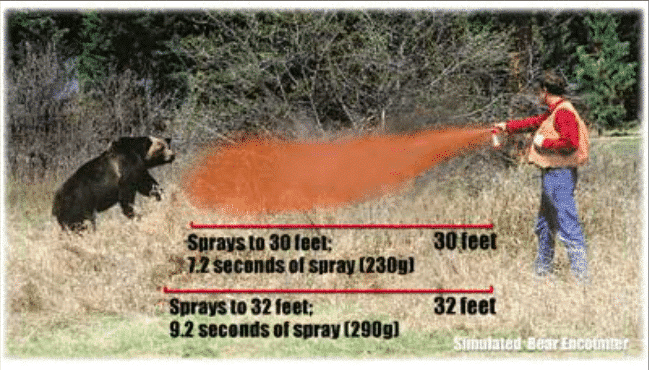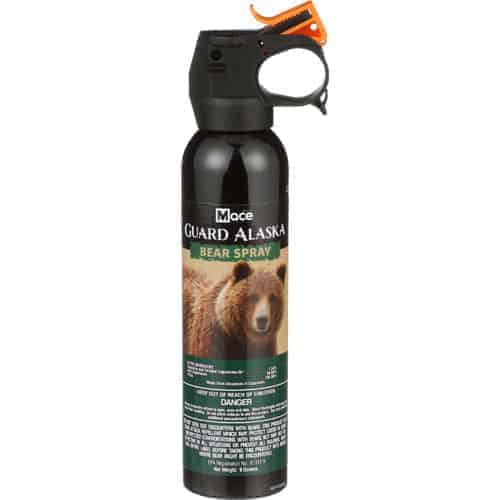
Wondering how to safeguard yourself against unexpected bear encounters while enjoying the wilderness? You’re at the right place! This article will guide you through the essentials of bear repellents and present you with a comprehensive review of top-rated bear repellent sprays.
Bears, while beautiful and majestic, can pose a serious threat when startled or threatened. Bear encounters can have severe, sometimes fatal, consequences, especially in areas with a high bear population such as national parks or camping grounds.
Bear repellents offer a non-lethal, effective solution to defend oneself during these encounters. They are crafted to dissuade aggressive or charging bears, providing you with a crucial window to retreat safely.
Before unveiling our top pick, let’s discuss the crucial factors you should consider when purchasing a bear repellent spray.
The spray distance is a key factor as it determines how close you need to be to the bear for the repellent to be effective. The greater the spray distance, the better.

It’s important to check if the bear repellent is EPA approved, indicating that it meets the standards of safety and effectiveness set by the Environmental Protection Agency.
The potency of a bear repellent is generally gauged by its capsaicin content. Higher capsaicin content usually translates to a more potent repellent.

Now, let’s delve into our top bear repellent spray.
ULTIMATE FEATURES
- Delivers a powerful spray reach of up to 20 feet.
- Designed to fully discharge in just nine seconds for rapid application.
- Comes with a potent formula, containing 20% OC and 1.34 Capsaicinoids.
- Equipped with a safety cap and convenient finger loop handle for secure usage.
Guard Alaska Bear Spray 9 oz stands out with its impressive spray distance, high capsaicin content, and EPA approval.
Pros and Cons
Its strengths include a powerful formula and a user-friendly grip. However, it is priced slightly higher than some competitors.
Conclusion
Selecting the right bear repellent spray can potentially be a life-saving decision. Through this article, we aim to offer valuable insights to help you make an informed choice.

-
How do bear repellent sprays work? Bear repellent sprays are specifically designed to deter bears and discourage them from approaching or attacking humans. These sprays typically contain a concentrated amount of capsaicin, the active component found in chili peppers. When sprayed, the capsaicin irritates the bear’s eyes, nose, and respiratory system, causing temporary pain, discomfort, and impaired vision. The spray acts as a powerful deterrent, giving you a chance to retreat to safety.
-
Can I use regular pepper spray instead of a specific bear repellent? It is not recommended to use regular pepper spray as a substitute for bear repellent. Bear repellent sprays are specifically formulated to have a higher concentration of capsaicin, which is necessary to effectively deter bears. Regular pepper spray, typically used for self-defense against humans, may not have a sufficient concentration of capsaicin to deter a bear effectively. Using the right tool, such as a bear repellent spray, increases your chances of effectively deterring a bear and protecting yourself.
-
What should I do after spraying a bear? After spraying a bear with repellent, it’s important to give the bear space and leave the area as calmly and quickly as possible. The spray should provide a temporary deterrent effect, allowing you to safely retreat. While moving away, keep your eyes on the bear but avoid direct eye contact, as it can be perceived as a threat. Make noise and appear as large as possible by raising your arms or using any available objects to make yourself look bigger. Ensure you have a clear escape route and do not turn your back on the bear.
-
Are bear repellents harmful to the environment? Bear repellents, when used responsibly and in accordance with their intended purpose, are not considered harmful to the environment. The main active ingredient in these repellents, capsaicin, is derived from natural sources, such as chili peppers. However, it’s important to avoid excessive use of bear repellents in the environment, as it may have unintended consequences. Always follow the manufacturer’s instructions and guidelines to minimize any potential negative impacts on the environment.
-
Can bear repellents be carried on airplanes? Bear repellents, including bear spray, are generally not allowed in carry-on luggage when flying. According to the Transportation Security Administration (TSA) regulations, bear repellents are considered hazardous materials and must be packed in checked baggage. However, it’s essential to check with the specific airline and review the current TSA guidelines to ensure compliance and to verify any additional requirements or restrictions regarding the transportation of bear repellents.





